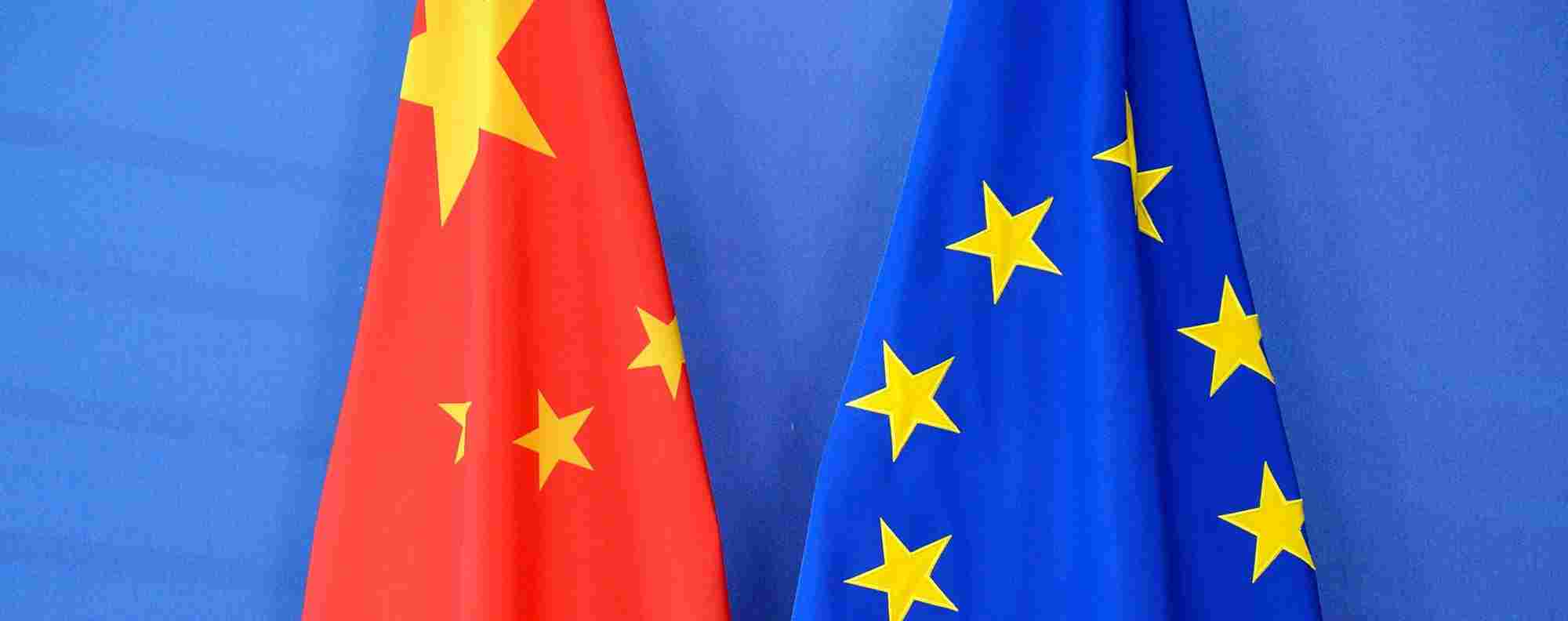Washington/Beijing (Enmaeya News) — The United States and China have agreed to extend their current pause on tariff increases for another 90 days, maintaining stability between the world’s two largest economies.
President Donald Trump signed an order late Monday to extend the temporary truce until November 10th. This move delays planned tariff hikes that were scheduled to take effect this week. The agreement originally began when both countries agreed to reduce retaliatory tariff increases and relax export controls on certain technologies and rare earth magnets.
According to the White House, all terms of the agreement remain unchanged except for the new deadline. China confirmed it will also extend its suspension of tariff increases for the same period.
Negotiations held last month in Sweden resulted in a preliminary deal to continue the truce. Without this extension, US tariffs on Chinese goods would have risen to 54 percent starting Tuesday.
This extension reduces concerns about a return to a full trade war, which earlier this year unsettled global markets. It also allows more time for talks on other difficult issues, including tariffs linked to fentanyl trafficking, concerns over China’s purchases of Russian and Iranian oil, and US business operations in China.
The truce may also open the way for a potential visit by President Trump to China in late October to meet with Chinese President Xi Jinping during an international meeting in South Korea.
President Trump stated, “The United States continues discussions with China to address trade imbalances and related security concerns.” He added that China is making progress toward resolving these issues.
Earlier this year, the US raised tariffs on Chinese imports sharply, reaching as high as 145 percent. China responded by limiting exports of rare earth magnets essential to US manufacturers. The current truce, which started in May, reduced US tariffs to 30 percent and China’s tariffs on US goods to 10 percent, while China agreed to resume rare earth exports.
Concerns remain among some US officials about the level of engagement with China. However, the Trump administration recently made deals with technology companies Nvidia and Advanced Micro Devices to allow export licenses for certain AI chips, with a portion of sales revenue shared with the US government.
President Trump also suggested he might allow Nvidia to sell a limited version of its most advanced AI chip to China, though Chinese authorities have reportedly asked local firms to avoid using certain Nvidia processors for government projects.
With the tariff pause set to expire soon, President Trump recently urged China to increase purchases of US soybeans to help reduce the trade deficit.
The extension follows recent high-level talks in Stockholm between US Treasury Secretary Scott Bessent and Chinese Vice Premier He Lifeng, marking the third round of discussions in less than three months.
A key focus in ongoing talks is maintaining stable trade while using tariffs and export controls to protect critical industries such as battery technology, defense, and semiconductors.
Since export controls on rare earth magnets were introduced in April, shipments from China to the US have started to recover but remain below previous levels. US Trade Representative Jamieson Greer said progress is being made to ensure smoother flows of these materials.
Sales of advanced AI chips to China remain a point of tension despite eased export controls. Chinese officials recently raised security concerns about Nvidia’s H20 processors.
US-China negotiations on trade run parallel to the Trump administration’s broader strategy of imposing reciprocal tariffs and industry-specific levies on multiple countries.
Currently, US tariffs on Chinese goods include a 20 percent levy related to fentanyl concerns and a 10 percent baseline charge, on top of previous tariffs from earlier in President Trump’s term.







